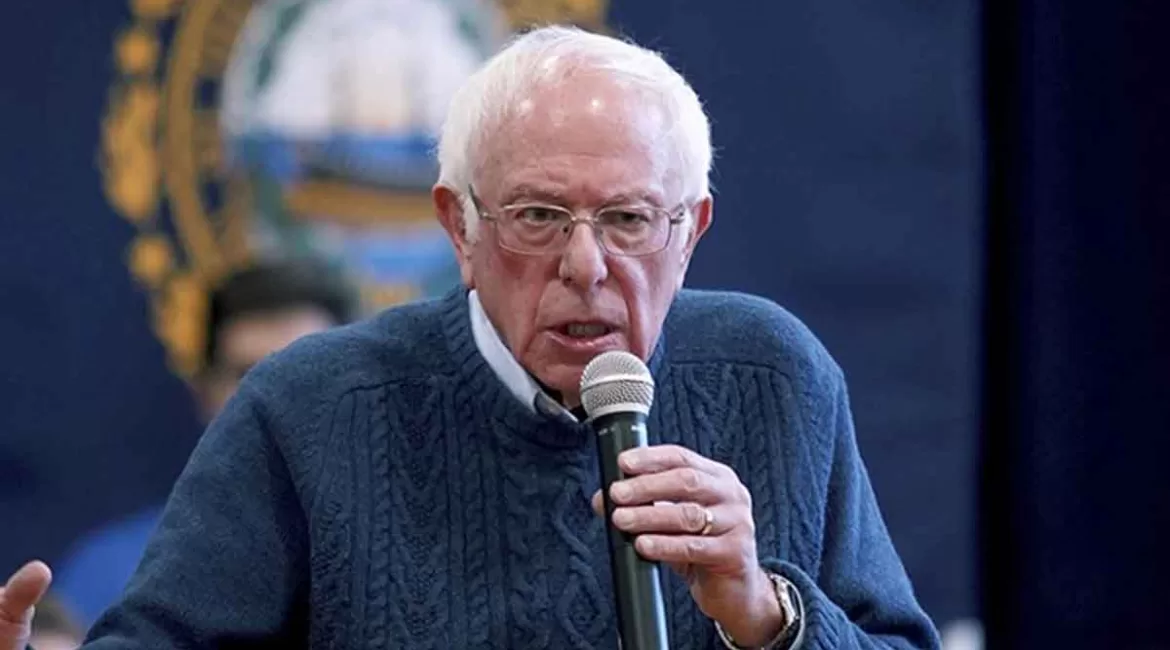
In the ever-evolving landscape of American politics, the role of organized labor remains a crucial factor in shaping policy and influencing legislative decisions. The AFL-CIO (American Federation of Labor and Congress of Industrial Organizations), one of the largest and most influential labor unions in the United States, regularly assesses lawmakers based on their positions on key issues affecting workers. The latest AFL-CIO lawmaker ratings reveal a deep partisan split, reflecting the ongoing polarization within the political arena.
The AFL-CIO’s Evaluation Process: The AFL-CIO evaluates lawmakers based on their voting records, sponsorship of pro-worker legislation, and overall commitment to advancing the interests of American workers. The union takes into account a range of issues, including workers’ rights, workplace safety, fair wages, and social justice.
This comprehensive evaluation process is designed to provide union members and the general public with insights into how lawmakers prioritize and advocate for workers’ concerns. The ratings are a valuable tool for voters seeking to align their choices with candidates who share their values regarding labor rights and economic justice.
Deep Partisan Divide: The latest AFL-CIO lawmaker ratings underscore the deep partisan divide that characterizes contemporary American politics. The divide is evident in the significant differences between the scores of Democratic and Republican lawmakers. Democrats, traditionally aligned with labor interests, tend to receive higher ratings, while Republicans often fare worse in the assessments.
This divergence reflects the broader ideological differences between the two major political parties on issues such as minimum wage legislation, collective bargaining rights, and workplace safety regulations. While Democrats generally advocate for stronger labor protections and policies that benefit workers, Republicans often prioritize business interests and argue for deregulation to stimulate economic growth.
Impact on Policy: The AFL-CIO lawmaker ratings have a tangible impact on the policy landscape. Lawmakers who receive high ratings are more likely to have the support of organized labor, resulting in increased campaign contributions, endorsements, and grassroots mobilization efforts. Conversely, those with low ratings may face opposition from the labor movement, making it challenging to garner support in key constituencies.
The influence of these ratings extends beyond election cycles. Lawmakers aware of their AFL-CIO scores may be more inclined to champion pro-worker policies to secure the backing of organized labor. This dynamic creates a feedback loop where the AFL-CIO’s assessments not only reflect existing political realities but also contribute to shaping future legislative priorities.
Challenges and Opportunities: While the AFL-CIO lawmaker ratings provide valuable insights into the political landscape, they also face challenges. Critics argue that the evaluations may oversimplify complex policy issues and fail to capture the nuances of lawmakers’ positions. Additionally, the partisan nature of the ratings may limit their effectiveness in fostering bipartisan cooperation on critical labor-related matters.
However, these challenges also present opportunities for dialogue and collaboration. The AFL-CIO, along with lawmakers and advocacy groups, can use the ratings as a starting point for discussions on finding common ground and addressing the concerns of workers across party lines. By fostering a more nuanced understanding of the issues, there is potential for building bridges and advancing bipartisan solutions to labor-related challenges.
The latest AFL-CIO lawmaker ratings highlight the deep partisan split within American politics when it comes to labor issues. As the labor movement continues to play a pivotal role in shaping the nation’s economic and social policies, understanding these ratings is crucial for voters, lawmakers, and advocates alike. The challenge lies in finding common ground and fostering cooperation to address the pressing issues facing American workers in an increasingly polarized political landscape.
